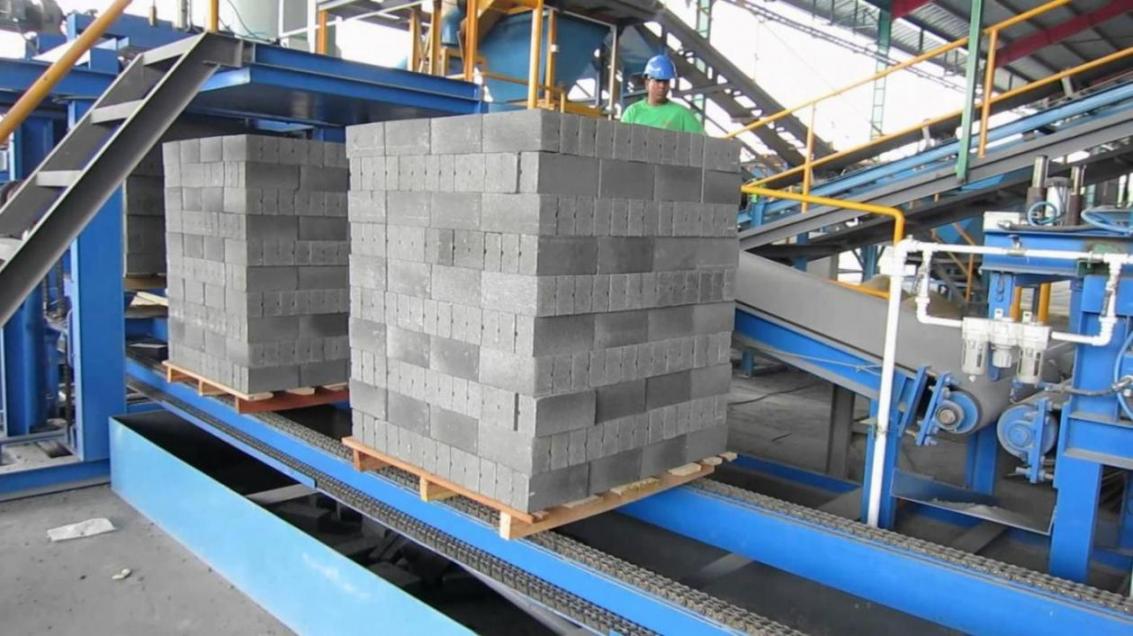The construction sector in Iran has always been a lucrative option for investors and industry owners. Burgeoning demand for buildings and housing units has increasingly led to the need for new methods and materials to shorten construction periods.
Today, traditional construction methods and materials have given way to light and ready-to-use composites that have the advantage of lower costs, longer durability, and reduced construction time and structure’s weight.
A recently emerging construction composite that has recently made its debut is cellular lightweight concrete. In an article written for Persian daily Forsat-e Emrooz various aspects of investing in the product were surveyed.
What Is CLC?
Generally, lightweight materials weigh less than similar products in the market. The use of lightweight materials reduces a building’s overall weight.
CLC is one of the most important and efficient lightweight materials in the construction industry since it consumes 60% less energy as it would take to make alternative materials and saves up to 45% in construction costs.
It basically is conventional concrete, where natural aggregate (gravel) is exchanged for the best insulation medium available, namely air, embedded in organic and biodegradable foam. It is eco-friendly, lightweight, durable, earthquake-resistant, cost-effective, designer-friendly and easy to handle while it has a long life and lower water absorption.
Made with a lightweight coarse aggregate of minerals, including vermiculite, perlite, basalt and cement, the tremendous savings when using CLC are manifold. Considering that a substantial amount of steel is necessary only to carry the weight of the structure, steel requirement might reduce by hundreds of tons in high rises.
Air-cured and porous, CLC is the best solution for thermal as well as sound insulation as the most important issues in the planning and construction of buildings.
Investment and Profitability
Low production costs is the industry’s most important advantage, making it a lucrative business. Each produced cubic meter of CLC will cost about $25-28 (800-900,000 rials), which is sold for $37 (1.2 million rials) in the market.
However the amount of finances required for CLC production varies, depending on the production volume and variety and can be up to $606,060 (20 billion rials).
For instance, a production unit covering 2,000 meters of land will require 1,500 meters to construct a roofed silo to launch a production line.
The capacity of a CLC production line can be 60, 100, 120, 150, 180, or 210 cubic meters a day and requires 50 kilowatts of three-phase electric power to produce the maximum amount per day.
Such a production line can create 8-10,000 new job opportunities.
Market
“There is good potential for CLC in the domestic market, which can be enticing for any businessman,” Mansour Talebi, a player in the industry, told Forsat-e Emrooz.
He believes accelerated pace of work and lower costs are the two main reasons why investors should not be concerned about selling the product.
“Technical knowhow to offer new products is the winning card for businessmen in the market,” said Talebi adding that “investors must be anticipating risks as without them there is no profit.”


